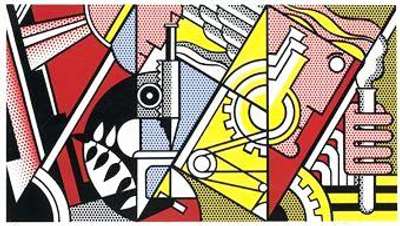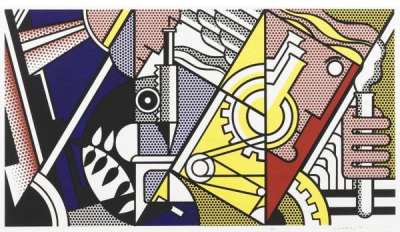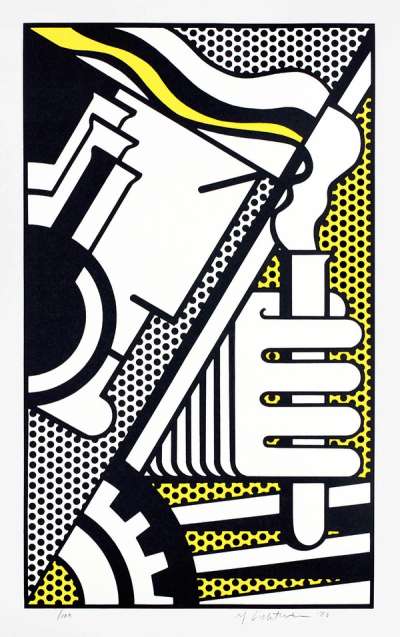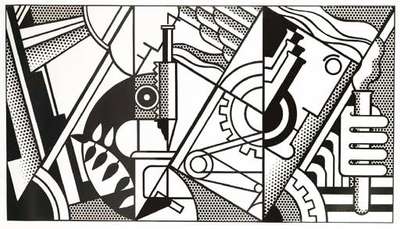
Peace Through Chemistry IV
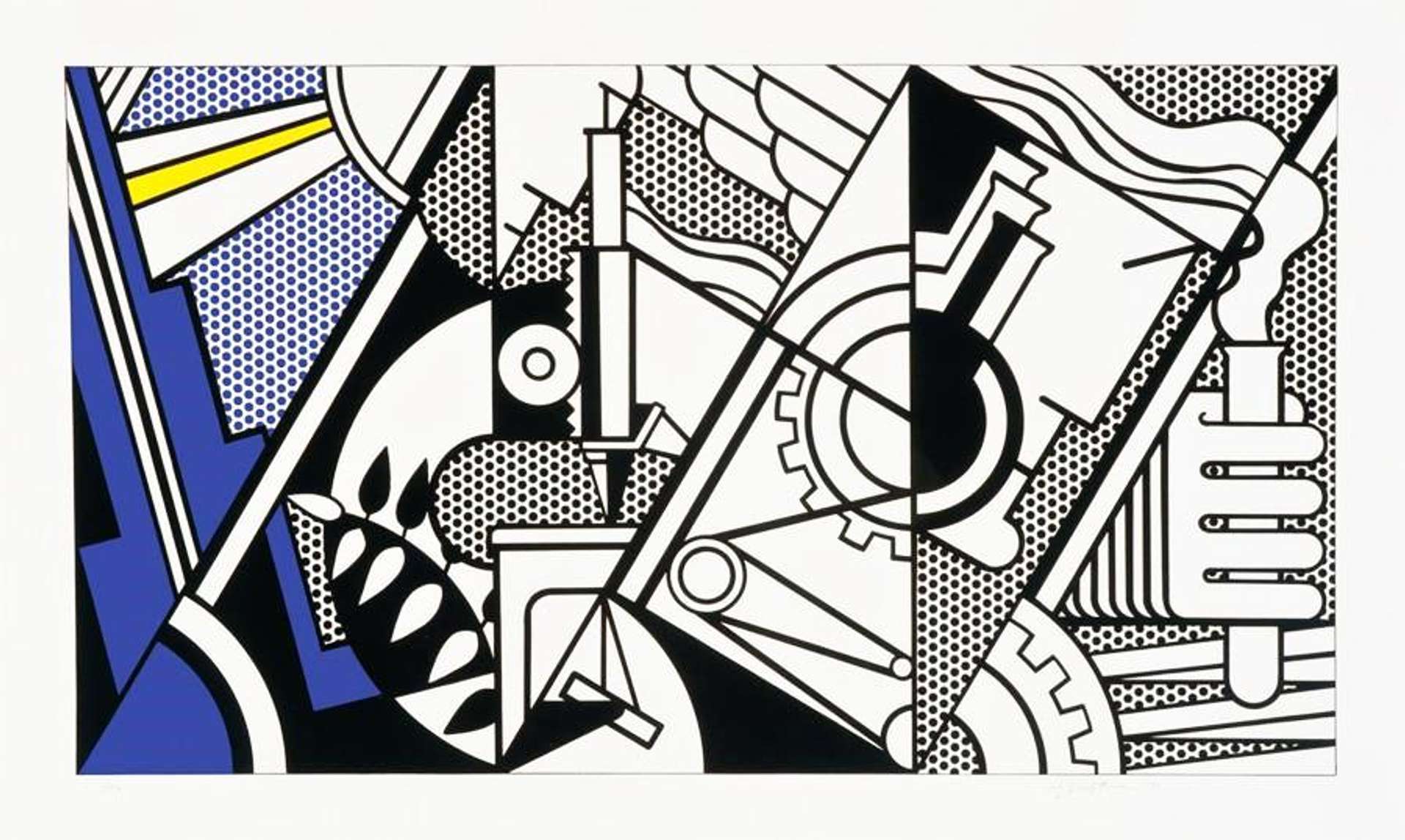
Peace Through Chemistry IV
Signed Print
Roy Lichtenstein
£23,000-£35,000Value
Indicator
$45,000-$70,000 Value Indicator
$40,000-$60,000 Value Indicator
¥210,000-¥320,000 Value Indicator
€27,000-€40,000 Value Indicator
$230,000-$350,000 Value Indicator
¥4,370,000-¥6,650,000 Value Indicator
$29,000-$45,000 Value Indicator
AAGR (5 years) This estimate blends recent public auction records with our own private sale data and network demand.
There aren't enough data points on this work for a comprehensive result. Please speak to a specialist by making an enquiry.
Medium: Lithograph
Edition size: 56
Year: 1970
Size: H 64cm x W 114cm
Signed: Yes
Format: Signed Print
MyPortfolio
Your collection tracked in real time.
Build your portfolio, manage valuations, view return against your collection and watch works you're looking for.
Track auction value trend
Auction Results
| Auction Date | Auction House | Artwork | Hammer Price | Return to Seller | Buyer Paid |
|---|---|---|---|---|---|
| Sotheby's London - United Kingdom | Peace Through Chemistry IV - Signed Print | ||||
| Sotheby's London - United Kingdom | Peace Through Chemistry IV - Signed Print | ||||
| March 2023 | Christie's Amsterdam - Netherlands | Peace Through Chemistry IV - Signed Print | |||
| October 2016 | Waddington's - Canada | Peace Through Chemistry IV - Signed Print | |||
| April 2015 | Phillips New York - United States | Peace Through Chemistry IV - Signed Print | |||
| October 2012 | Christie's New York - United States | Peace Through Chemistry IV - Signed Print | |||
| April 2011 | Sotheby's New York - United States | Peace Through Chemistry IV - Signed Print |
Meaning & Analysis
The strategies of printmaking are fundamental to the visual language of Roy Lichtenstein. Peace Through Chemistry IV, executed in 1971,is from a five part sequence composed of four prints and one bronze plate. The bold artwork repurposes the inescapable imagery of commercial culture, thereby counteracting notions of fine art.
Peace Through Chemistry IV showcases a horizontal rectangle divided into three panels, akin to a triptych. Each third is halved by a strong diagonal line running across it. The print depicts a schematised progression, starting with natural imagery and concluding with a portrait of scientific growth. The artist uses elementary symbols to mark the different themes. The curvature of nature’s forms on the left counterbalances the angular industrial components in the middle and on the right.
This print exhibits limited fields of primary colour and eventually fades to black and white entirely. As a matter of fact, Lichtenstein treats the whole canvas in the same sparing manner. Peace Through Chemistry IV is an abstracted version of the other compositions from the same series. Nevertheless, the print wraps up the sequence neatly, pinning humanity against machinery. It ultimately functions as a printed mural, ridiculing industrialisation’s claim that peace is achievable through a scientific approach.
